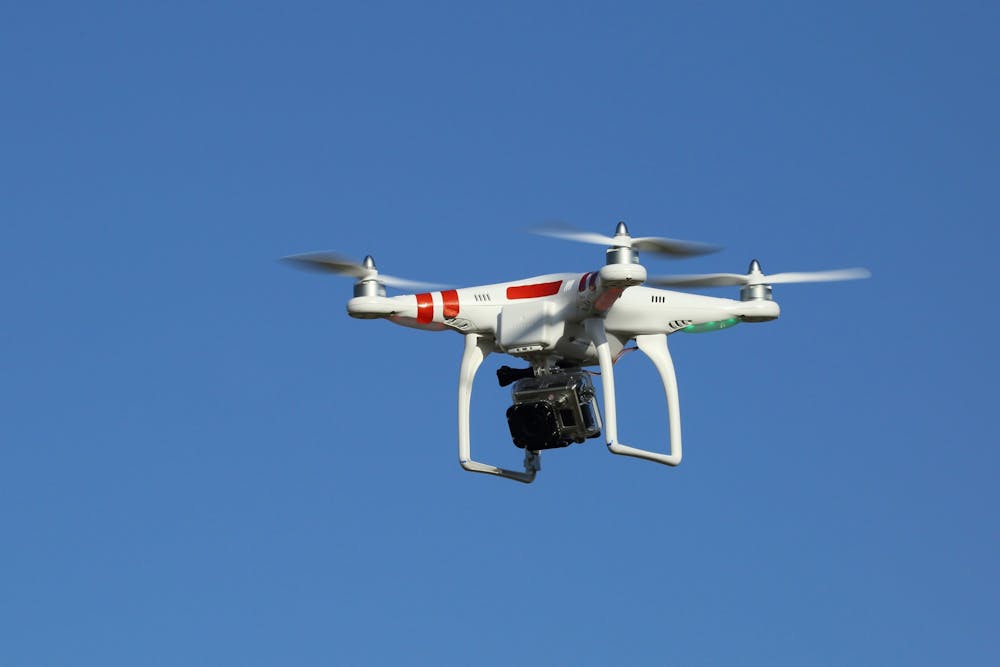Perry World House welcomed back Michael Boyle, a former visiting fellow, to discuss his new book about the influence of drone technology on warfare, surveillance, and peacekeeping on Thursday.
The event featured a conversation between Boyle, a senior fellow at the Foreign Policy Research Institute, and Perry World House Director and Penn political science professor Michael Horowitz. Boyle's book “The Drone Age: How Drone Technology Will Change War and Peace,” which was published this April, explores changes in decision-making and patterns of war and peace as a result of the development of drone technology.
According to Boyle, drone development has increased greatly over the past 20 years as the number of countries with armed drones grew from one to 38. Though the majority of drones are used for routine purposes, Boyle said the explosion of the technology suggests that people should understand what it means to open the airspace for so many drones from regulatory and legal vantage points.
“What we've seen is the rapid diffusion of the technology itself,” Boyle said. “I think understanding the scope of that change is extraordinarily important. I'm not just interested in the question about how it changes warfare but also how, in the sense, it changes the behavior of other actors, whether that would be the [United Nations], humanitarian NGOs, and human rights groups.”
Boyle said militaries and governments are driving the increase in drone technology development. Drones were developed and used during the First and Second World Wars and the Vietnam War. At least a dozen terrorist groups, from the Revolutionary Armed Forces of Columbia to Hezbollah, have also developed drones, Boyle added.
Boyle said drone technology has democratized the airspace by allowing new non-state actors to enter the air in addition to powerful militaries.
He said the technology took off in the popular imagination as a means for removing terrorists following the development of the Predator drone during the hunt for Osama bin Laden at the turn of the century.
In Boyle's book, he wanted to explore how drones affect decision making. He noted that most debates over drones are focused on targeted killing — whether drones themselves enable targeted killing, and whether new legal and ethical standards should emerge as a result.
RELATED:
Trump impeachment witness Alexander Vindman joins Perry World House for 2020-2021 year
Penn faculty challenge Penn to pay PILOTs ahead of Thursday Board of Trustees meeting
Boyle noted that toward the end of President Barack Obama's presidency, the administration attempted to be more transparent and institutionalize the technology. He said this move by Obama was “entirely ripped up in 2016 and most of the program was pushed back into the shadows in the Trump administration.”
Former President of the Foreign Policy Research Institute and 1976 College graduate Alan Luxenberg attended the event to see the results of his colleague’s work. He said he enjoyed the way Boyle surveyed the history of drones and their contemporary implications.
“It was a really excellent program and it is worth reading the book," Luxenberg said. "It was not that he gave answers, but that he raised important questions.”









